Across the country, the arts are changing: demographics are shifting, modes of artistic participation are becoming more diverse, and once segmented artistic practices are converging. These changes ring true for both public art and arts education, and over the past year these respective fields have been discussing their convergence.
The Public Art and Arts Education Programs at Americans for the Arts endeavor to explore this intersection, better understand the potential for collaborations, and create tools and resources for encouraging inter-sector cooperation.
As a first step, we have begun to research the shared space. There is an inherent connection between the intrinsic goals of both areas of artistic study and practice.
Public art and arts education have been collaborating informally throughout the past several decades, however as we move towards more formalized practices, the professionalization of both fields, and the siloed funding structures, it is vital to explicitly explore modes of integration and examples of best practices that can inform both arts professionals and decisions makers.
Read More
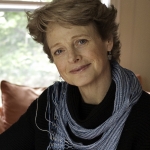


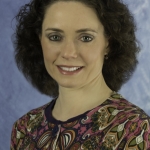


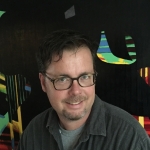



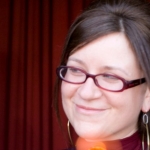
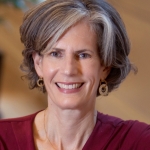




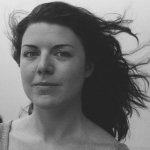
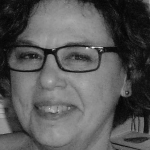

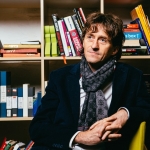

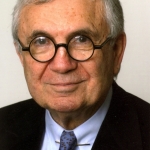
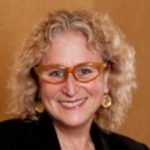




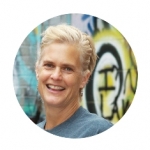

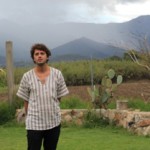 Alex White-Mazzarella
Alex White-Mazzarella
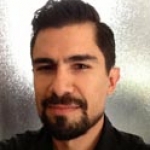
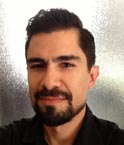 Felipe Sanchez
Felipe Sanchez




